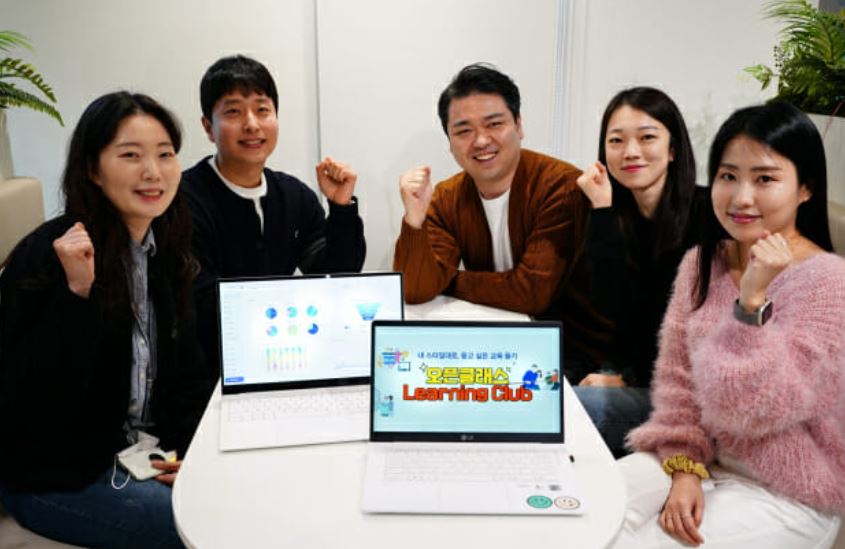Samsung will join hands with Google to take control of Smart Home

Moscon Center in San Francisco on the 12th. When I entered the booth that read “Smart Sings Music Sync,” the lights on the table blinked quickly to the song “Gangnam Style.”
When a demonstrator wearing blue clothes reading “Team Samsung” chose “Healing Mode” on his smartphone, meditation music played and the lighting calmed down in an instantaneously.
The blind that came down in front of the window automatically went up, and the air purifier was changed to wind-free mode.
Home appliances automatically changed the mode to match the selected music.
Samsung Electronics announced its strategy to become a smart home hub by introducing connection and user customization.
On the same day, Samsung Electronics held its annual developer conference, SDC (Samsung Developer Conference).
The event, which has been held by Samsung Electronics since 2013, is a place where developers, designers, content producers, and industry officials from around the world participate to share Samsung’s operating system and platform technology.
More than 1,000 people attended the offline event in three years.
On this day, Samsung Electronics emphasized “Calm technology” in which various devices are customized and connected according to user life patterns before users notice it.
“Samsung’s goal is to make our lives better and easier through technological innovation,” said Han Jong-hee, vice chairman of DX (Device Experience) who oversees Samsung Electronics’ finished product business. “Users don’t have to worry about connecting various devices.” We’ll do that,” he said.
Samsung emphasized the SmartThings platform that connects various IT devices.
Following the announcement of the first year of popularization of Smart Sings in earnest at the IFA held in Berlin, Germany in September, the event introduced smart home technology that reproduces various home situations with more than 30 partners.
Currently, Samsung Electronics can connect more than 300 brands of IT devices as well as Samsung products through SmartThings.
It provides an integrated experience by controlling various devices at Samsung SmartThings.
For example, if you press the “Good Morning” button on the smartphone app, Company A’s lights up, Company B’s air purifier operates, and Company C’s blinds are lifted.
It is also possible to predict how much electricity will be charged by checking the power consumption of devices connected to SmartSings.
Samsung also introduced the latest IoT communication standard, “Matter,” into SmartSings, allowing it to control more diverse IT devices that apply the Matter standard through SmartSings.
Samsung also unveiled its strategy to become a smart home hub in partnership with Google.
Based on the Matter standard, devices connected by smart sink are also linked to Google’s smart home system, “Google Home,” and devices connected to Google Home are also operated by Samsung Smart sink.
Vice Chairman Han Jong-hee said, “We will allow more than 500 million new users to experience smart thins over the next five years through such ecosystem expansion.”
Samsung Electronics emphasized “Bixby,” a voice recognition assistant who has become smarter as an important tool for controlling devices connected by smart thins.
If you tell Bixby to “Show the movie on TV,” the TV, sound bar, and lighting connected to SmartThings will be optimized at once.
Samsung Electronics plans to work with companies that make smart doors and windows to control all home appliances by voice.
For example, if you ask Bixby to turn on the air conditioner, the smart home system will check the situation of the house and go to the system that answers, “The window is currently open, so close it.”


